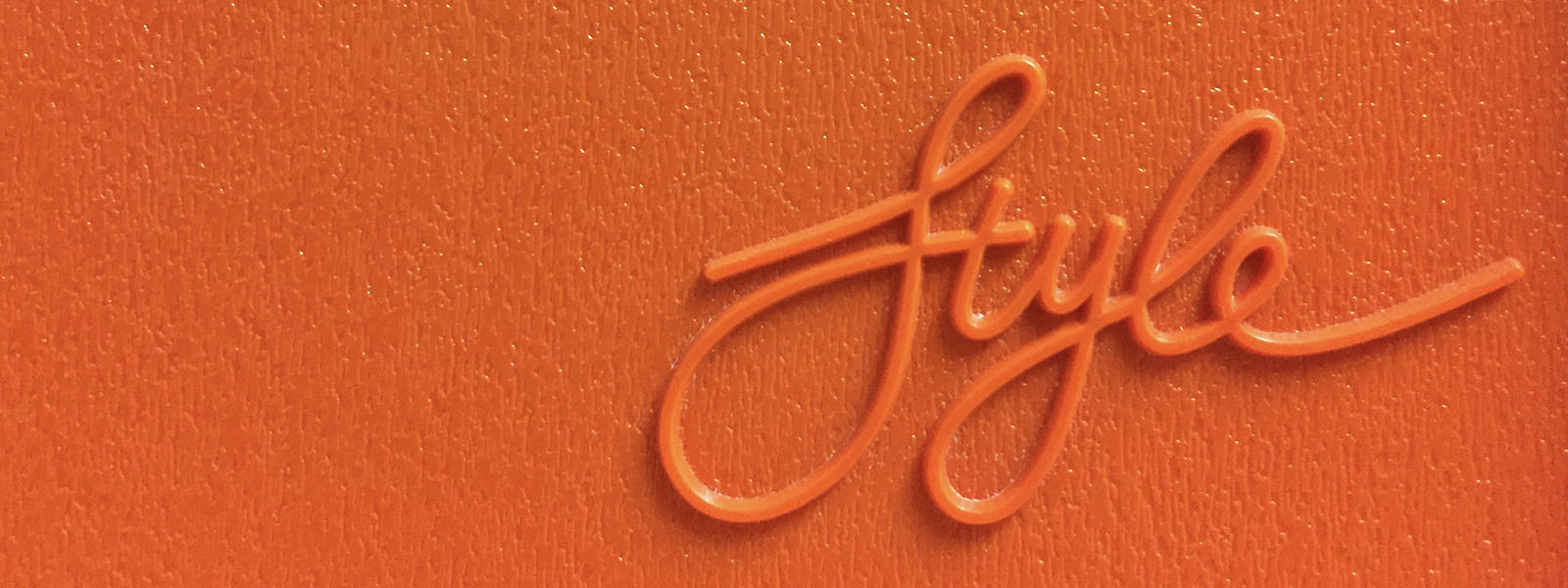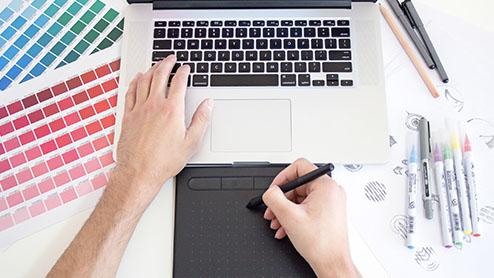Using Psychology & Color Theory In Logo Design
Colors influence our thoughts, emotions—even our bodies. Knowing how different colors are commonly perceived and how they can potentially affect your intended customers can shade how you design a logo.

Why Color Psychology & Theory are Important for Brands
Have you ever given much thought to the colors of your favorite brands’ logos? Even when a company does a logo redesign or update, they rarely change the color scheme. While that might seem like a missed opportunity, it’s for good reason: Color theory—the psychology of how color affects us—plays an important part in logo designs.
Knowing which colors to use to evoke which emotions—or which colors to avoid—can help define, align, and strengthen the perception of your brand. Your brand’s logo doesn’t have to be one solid color. Each color in your logo has its own psychological impact. Incorporating more or less of the following colors can help send the right message to your target audience.
The Psychology of Red
Red is color that you might see in used in logos for retail and health-related companies. This warm, intense color stimulates the brain and evokes passion, energy, love, desire, and determination. Use red in your logo when you want to encourage activity and strength in your consumers.
The Psychology of Orange
Orange is a color that’s associated with liveliness, creativity, and joy. You might see this color in fitness, logistics, and technology brand logos. Orange also stimulates hunger in the human brain, so you might see this color used in brand logos for restaurants as well. Use this highly visible color in your brand’s logo when you want to increase your consumer’s mental activity, boost their brain’s oxygen supply, or give them an enhanced sense of activity.
The Psychology of Yellow
Add a hint of yellow to your brand’s logo when you want to balance the other colors. You might see yellow in brand logos for fitness, budgeting, and digital-related businesses. This cheerful color boosts mental activity and evokes positive feelings of optimism, friendliness, and extraversion. Incorporate yellow in your brand’s logo when you want to get the attention of your consumers.
The Psychology of Green
Green is one of nature’s favorite colors, so that’s why eco-friendly brands that focus on health and outdoors use this color in their brand’s logo. It’s a symbol of life, new beginnings, ambition, and wealth. This color has positive physical and emotional impacts on people who see it. Use green as a background color in your brand’s logo because it’s subtle but also takes up a lot of space when your consumers look at it.
The Psychology of Blue
Blue is associated with competence, intelligence, communication, trust, efficiency, duty, and logic. This color is typical in brands that specialize in finance, health, tech, and insurance offerings. This soothing color evokes feelings of peace, freedom, intuition, and imagination. Use blue in your brand’s logo when you want to encourage loyalty, sincerity, confidence, and intelligence in your consumers.
The Psychology of Purple
Unlike green, purple is a color that’s rarely seen in the natural world. Because of its rarity, purple is a sacred color that’s associated with luxury, nobility, power, authenticity, and quality. You might see this color used in brand logos for luxury, technology, and design-focused businesses. Purple evokes spirituality, passion, and vitality in people. Use purple in your brand’s logo to add elegance and glam.
The Psychology of Pink
Pink is a nurturing color that’s associated with warmth and softness. You might see this color in brands that sell toys, beauty products, or lingerie. Pink is a color that can positively impact male and female consumers because it represents politeness, romance, charm, and tenderness. Incorporate pink in your brand’s logo when you want to symbolize feelings of friendship, affection, inner peace, and approachability.
The Psychology of Brown
Brown is a neutral color that can unify your brand’s logo. This earthlike color is relaxing yet rugged. It adds a touch of seriousness to the color scheme, which is why confectionary and coffee businesses tend to include this color in their logos. Use brown in your brand’s logo when you want to balance the rest of the colors and evoke feelings of trust and reliability in your consumers.
The Psychology of Black
While black is usually referred to as the absence of color, it’s far from the absence of emotions. This powerful color is associated with sophistication, glamour, stateliness, strength, authority, and dignity. Black is color that you can find in the logos of fashion, finance, and automotive businesses. It’s a corporate color that boosts confidence and encourages limitless possibilities. Include black in your brand’s logo when you want to evoke power and mysteriousness in your consumers.
The Psychology of White
White is the lightest color you could use in your brand’s logo. This clean color is associated with purity, sincerity, simplicity, hygiene, clarity, and peace. You might see this color used in businesses related to wellness, technology, and medicine. This color can evoke mental clarity in your consumers. Use this simple color to clean up your brand’s logo and add a sense of organization to it.
Adding the right colors to your brand’s logo is about more than standing out—it’s about sending the right message to the right audience. When you start designing your brand’s logo, decide what thoughts and feelings you want to evoke in your target audience, and pick colors that symbolize and stimulation those emotions.

Get started with Microsoft 365
It’s the Office you know, plus the tools to help you work better together, so you can get more done—anytime, anywhere.
Learn more












